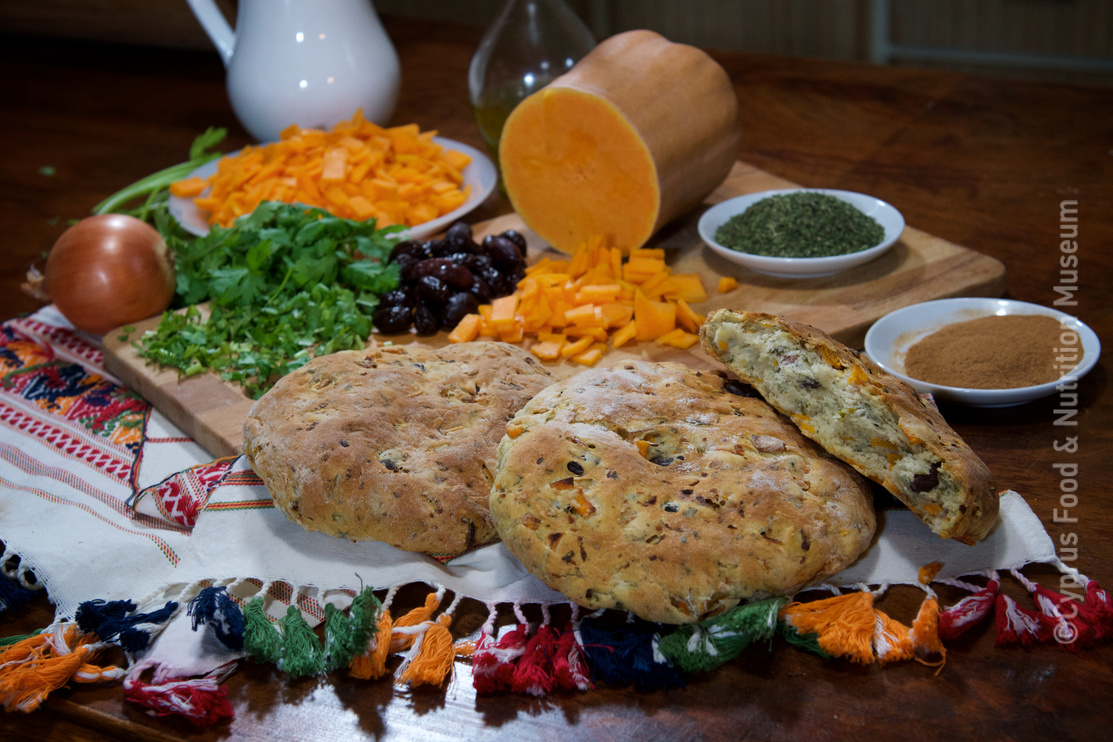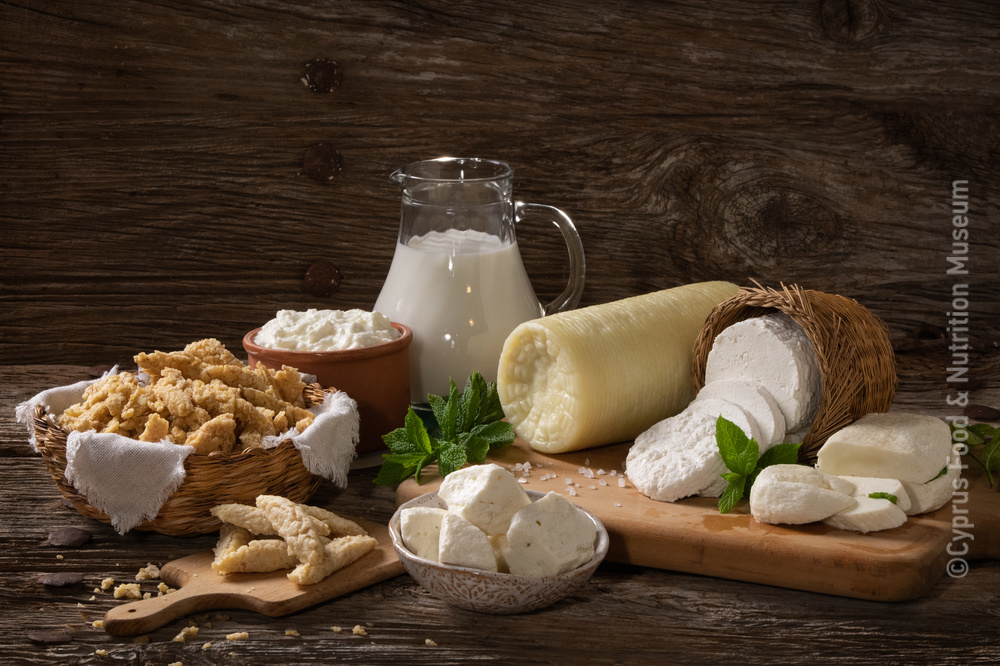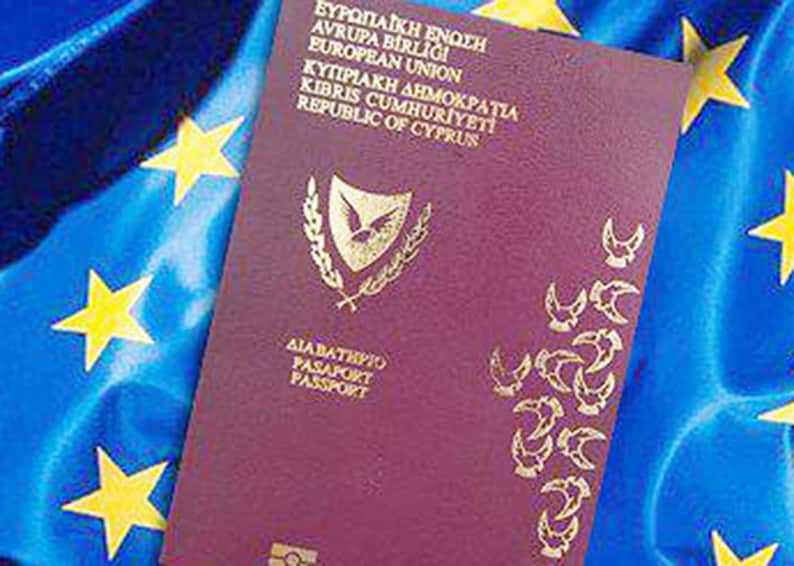Our long history of invasions has actually had some positive results
On a warm afternoon in Nicosia’s old town, the scent of cinnamon-dusted koupes wafts from a street vendor’s cart while, just a few steps away, a kafenion serves Cypriot coffee in trademark tiny cups.
But look closely at the Cypriot table, and you will see layers of history. The Greek influence goes without saying, of course. But Venetian, Ottoman, British influences have all left behind much more than battles or bureaucracy. They left tastes, tools and traditions that still flavour daily life.
Venetian influence from 1489 to 1571 played an influential role in Cyprus’ food history. Among them: the consumption of ampelopoullia, small migratory birds like blackcaps, once considered a delicacy. Though this cruel practice is ostensibly illegal today, the tradition persisted openly well into the 20th century.
More enduring – and far more beloved – is halloumi. While the squeaky, brine-preserved cheese may have predated the Venetians, it was first documented in 1554 by Florio Bustron, a chronicler writing under Venetian rule. He called it “caloumi”, noting its springtime production from sheep and goat milk. Later, during Ottomon rule, halloumi gained fame beyond Cyprus. In 1738, English traveller Richard Pococke observed that it was “the only good cheese to be met in these parts” – a praise that still echoes today as halloumi enjoys Protected Designation of Origin (PDO) status and international popularity.

“Its durability, high fat content and unique texture and taste made it a practical and prized food for Cypriots across all social strata,” Dr Petroula Hadjittofi, a senior researcher at the Cyprus Food and Nutrition Museum, told Cyprus Mail.
Pasta was also a culinary import from Venice, with ravioles (ravioli) being another widespread and popular dish that emerged from the period. The Cypriot iteration of ravioles is filled with aged halloumi, eggs and mint, and cooked in chicken broth, as opposed to ricotta cheese, spinach, and nutmeg in the Italian version. Kaloirka, a pasta dish containing minced veal, is also thought to have originated during Venetian rule.
Stifado, the well-known beef stew, is also believed to have its roots in the Venetian era. The name ‘stifado’ is thought to derive from the Italian word stufa, meaning ‘oven’, suggesting that the dish may have been introduced to Cyprus by the Venetians.
In 1570-71, the Ottomans invaded Cyprus, marking the beginning of a prolonged period of influence on Cypriot cuisine.
“Cypriot culinary culture has a strong eastern Mediterranean character, sharing numerous ingredients, recipes, and food-related practices with other regions that were also part of the Ottoman empire,” Hadjittofi explained. The 19th century in particular, Hadjittofi said, “marked the rise of western Europe as a cultural model to emulate – culinary practices included – which introduced new aspirations and influences alongside enduring eastern traditions.”
One of the most iconic legacies from the period of Ottoman rule is koupes, the bulgur-stuffed croquettes that bear resemblance to Levantine kibbeh. Meatballs (keftedes), savory poumpari (stuffed intestines), and syrupy desserts like mahallepi, baklava, and shamali that still grace Cypriot restaurant tables, were adopted during the Ottoman period. Even drinks like salep and sherbet endured, though now they are often seasonal rarities.
Yet, it was coffee that arguably transformed social life most profoundly.
“Property inventories of middle and upper-class urban households frequently list coffee-making and serving equipment,” Hadjittofi said. Serving it involved elaborate customs: porcelain cups were nestled in elaborately decorated metal holders called zarfs. Coffee culture, Hadjittofi explained, marked “the beginning of an enduring social institution that lives on today in traditional kafenedes.”
British rule at the end of the 19th century brought both disruption and adaptation. “Culinary traditions rooted in the Ottoman period continued to thrive during British colonial rule, particularly in rural communities, where households still produced much of their own food,” Hadjittofi said. “Some traditions also persisted among urban populations, albeit in evolving forms.”

Modernisation – trade expansion, infrastructure development, industrialisation and tourism – inevitably influenced Cypriot food culture. In cities, Cypriots began integrating Western culinary aspirations, blending them with enduring Ottoman and eastern Mediterranean flavours. Some confectioners, chefs and deli meat producers trained in Egypt or descended from Asia Minor, further enriched the culinary landscape in the 20th century. Still, much of this culinary history remains unrecorded – until now.
The project, Foodways to Modernity: Exploring the entangled dynamics of food culture, economy, and society in late Ottoman and Colonial Cyprus (FoodCultCy), led by Hadjittofi, aims to fill the gaps in our understanding of Cypriot food history. Funded by the Research and Innovation Foundation under the Excellence Hubs programme, the project runs from June 2025 to May 2027 and is implemented by the Cyprus Food and Nutrition Museum, in collaboration with the University of Cyprus, the Cyprus University of Technology, and the Department of Antiquities.
For the first time, an interdisciplinary team of researchers are exploring Cyprus’ journey to modernity through the lens of food and nutrition. Drawing on unpublished documents, oral histories, photographs and material culture, the project investigates how political, economic, and cultural shifts shaped what Cypriots grew, cooked and ate.







Click here to change your cookie preferences